![BruceTharp-StampsMDes-1.jpg]()
Last month we asked the chairs of 11 leading industrial-design programs to talk to us about the evolution of ID education for our D-School Futures interview series. Since then we've received word of two new master's programs in design that seemed worthy of additional comment. In New York, Parsons is launching an MFA in industrial design—and we'll have an interview with Rama Chorpash about that program in the coming days.
Today, we're checking in on a master's program with a broader, more interdisciplinary focus. The University of Michigan's Stamps School of Art & Design is currently accepting applications for a Master of Design in Integrative Design. It's a two-year program with an interesting approach—the idea is that students with a variety of design backgrounds will work together in teams to invent solutions for a wicked problem that will rotate every few years. The inaugural problem is "wicked healthcare," and Stamps has lined up medical companies, biomedical engineers, surgeons and others to participate in the curriculum.
Recently, we talked to Bruce M. Tharp—a long-time Core77 contributor and a new addition to the Stamps faculty—about the MDes program. The following is an edited and condensed version of our conversation.
Core77: Who is this program for?
Bruce Tharp: We imagine that our ideal candidates are probably industrial designers, interaction designers, graphic designers, interior designers/architects—people in that design space. But we're excited about the possibility of students with other skills sets and proficiencies who also have experienced design in some professional setting. Of course, the program itself is highly cross-disciplinary. There is tremendous integration of non-design information and experts—for the current "wicked healthcare" theme, we have on board medical companies, a children's hospital, biomedical engineers, surgeons, technologists, entrepreneurial faculty and many more who will be integrated into the curriculum.
This idea of designers working to solve big societal problems—is that a career or a profession that exists now, or is it one that you're trying to help create?
The program is what we think is a 21st-century program for 21st-century design. The idea is that these are big, complex problems that are tackled in cross-disciplinary teams, collaboratively, with more of a systems approach. This is the way a lot of designers are now working, and that I would say design is increasingly being asked to work. So this is partly a response to the world and it's also partly a call to the world as well, about what design can do and its potential.
Now, that doesn't mean that there isn't a role in the world for what we would call 20th-century design or design education. In graduate education, that really comes from the MFA model, where you're working independently on a thesis project of your choosing, and it's something that you can generally handle in a year. That's a completely valid way of working and there are lots of applications for that kind of work, but increasingly designers are being asked to do more.
Design has a lot of visibility now, and other disciplines are saying, "Wow, what if we could use design in this way?" So the program is inviting design into more complex arenas. I think designers are really uniquely positioned to work on these wicked problems, but it demands that we be educated in a different way.
(more...)![]()

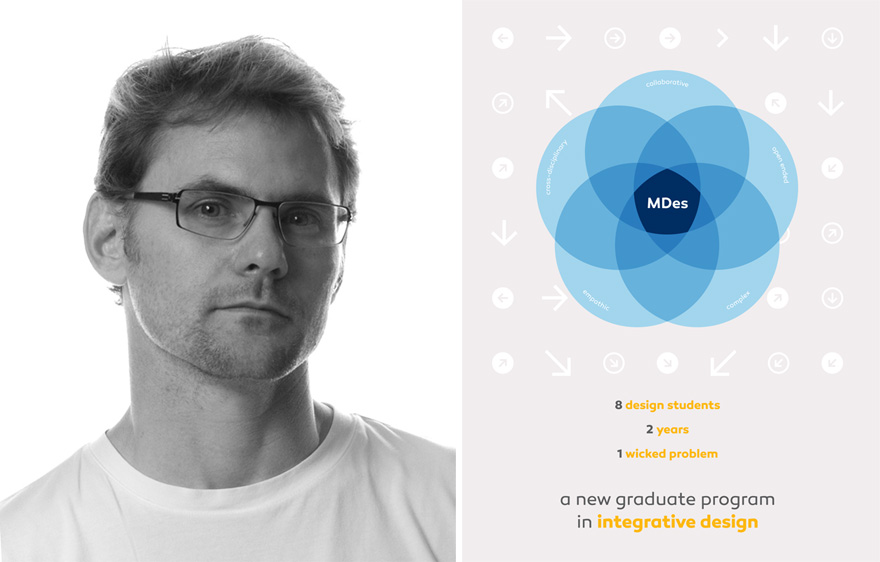








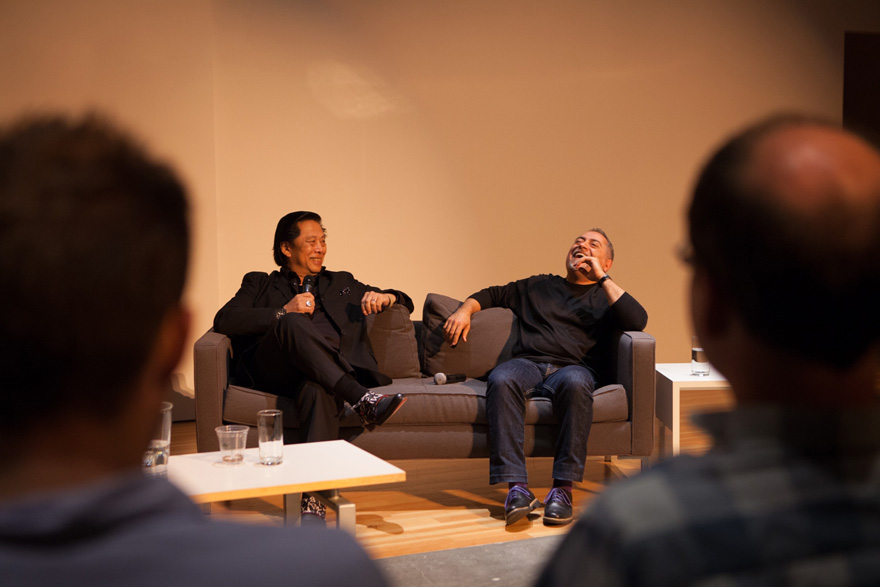
 From left: Allan Chochinov, Aura Oslapas, Carl Alviani, John Jay & Sohrab Vossoughi
From left: Allan Chochinov, Aura Oslapas, Carl Alviani, John Jay & Sohrab Vossoughi




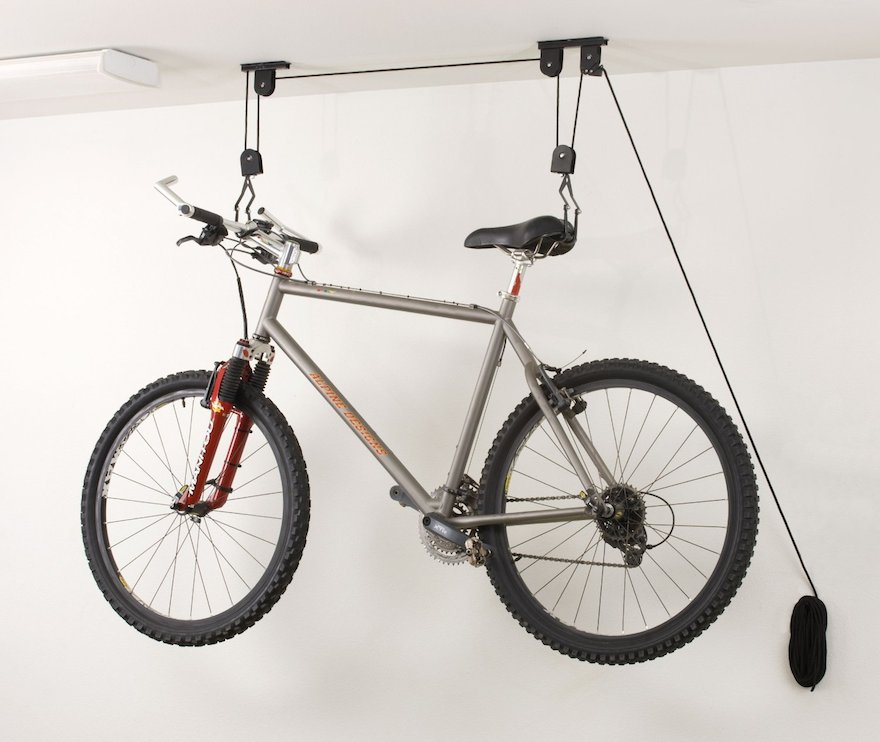

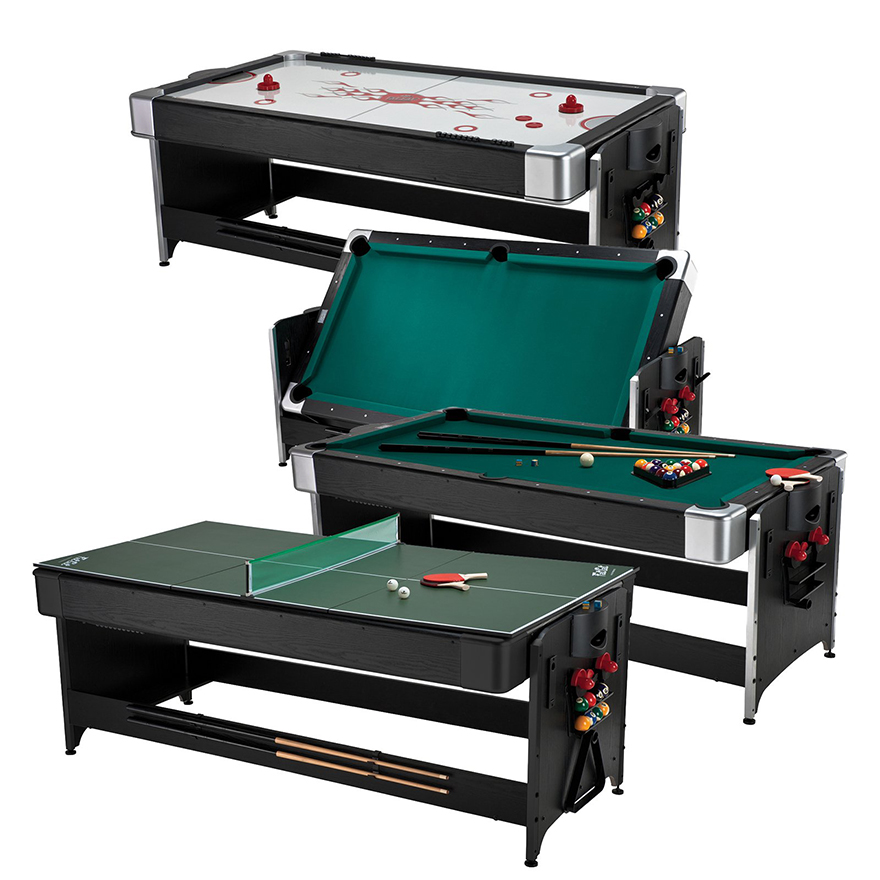
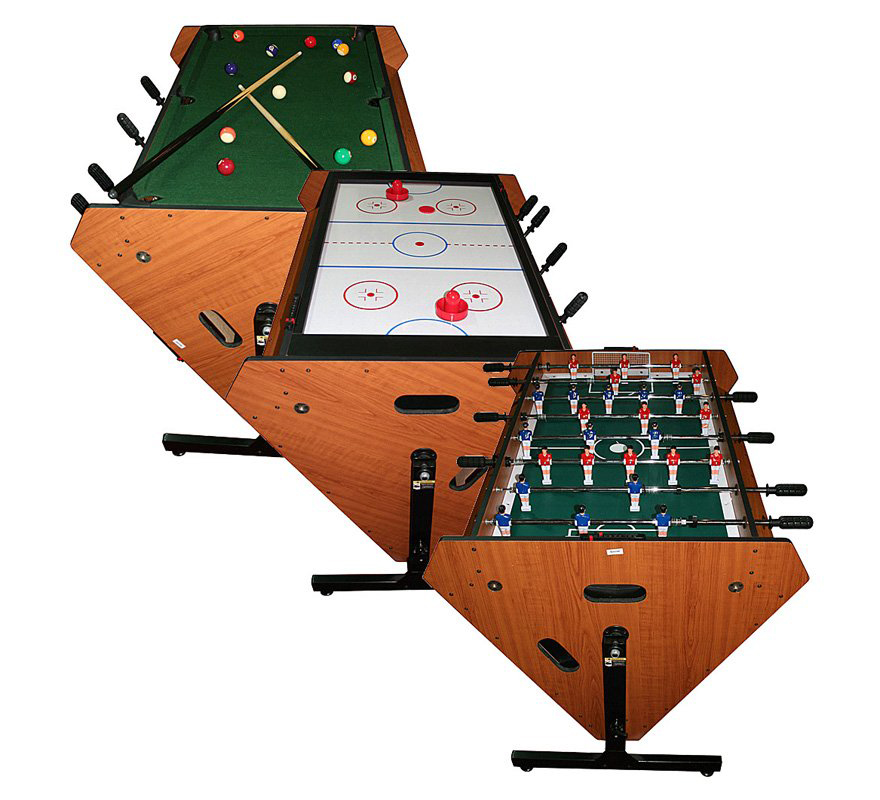


 L: ABC Dataset Samples; R: Photo credit: NOAA, Vancouver Aquarium.
L: ABC Dataset Samples; R: Photo credit: NOAA, Vancouver Aquarium.









 At top: Designed by Snøhetta, the reverse sides of all five denominations of Norwegian kroners form a continuous pattern; above: A proposed redesign of the U.S. Dollar
At top: Designed by Snøhetta, the reverse sides of all five denominations of Norwegian kroners form a continuous pattern; above: A proposed redesign of the U.S. Dollar The front and back of the 100kr note, designed by the Metric System and Snøhetta
The front and back of the 100kr note, designed by the Metric System and Snøhetta The front and back of the 1000kr note, designed by the Metric System and Snøhetta
The front and back of the 1000kr note, designed by the Metric System and Snøhetta







